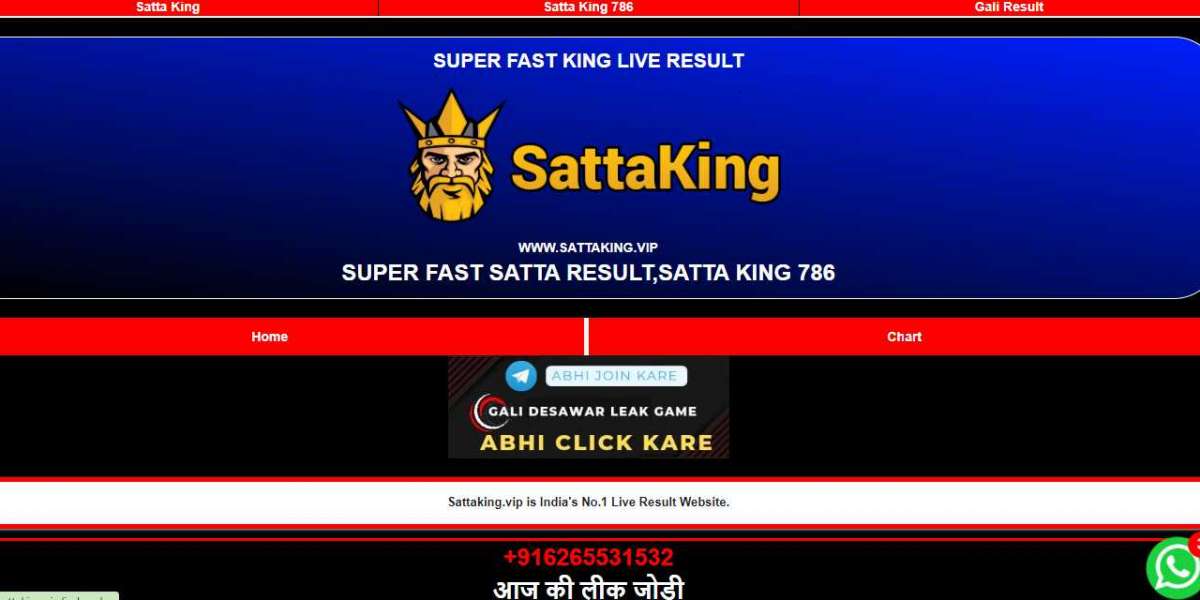Forensic video investigation is used in a variety of different applications, including:
- Criminal investigations: One of the most common applications of forensic video investigation is in criminal investigations. This can include analyzing surveillance footage to identify suspects, using body-worn camera footage to gather evidence, and even using drone footage to reconstruct crime scenes.
- Civil litigation: Forensic video investigation is also used in civil litigation, particularly in cases involving personal injury or property damage. This can include analyzing footage from traffic cameras or security cameras to reconstruct the events leading up to an accident or incident.
- Surveillance and security: Forensic video investigation is also used in the field of surveillance and security, to help organizations protect their assets and personnel. This can include analyzing footage from security cameras to identify potential threats, or using facial recognition software to identify known criminals or suspects.
- Sports analysis: Forensic video analysis is also used in sports industry to enhance the performance of athletes and teams by analyzing their footage and providing insights.
Challenges of Forensic Video Investigation
Despite its many benefits, forensic video investigation does present some challenges, including:
- Video quality: Poor quality video footage can make it difficult for investigators to extract valuable information, and can also make it harder to present evidence in court.
- Data storage: With the ever-increasing amount of video footage being captured, the amount of data that needs to be stored and analyzed can be overwhelming.
- Privacy concerns: As forensic video investigation becomes more widely used, there are concerns about how this technology is used and how it affects individuals' privacy.
- Legal admissibility: There are also legal challenges in terms of admissibility of video evidence in court and the qualifications of the forensic video analyst.
Conclusion:
Forensic video investigation is a rapidly growing field that offers many benefits for solving crimes and civil litigation. It uses advanced technology and techniques to extract valuable information from video footage, providing objective and accurate evidence that can be used in court. However, it also presents some challenges, such as poor video quality, data storage, privacy concerns, and legal admissibility. Despite these challenges, forensic video investigation is becoming an increasingly important tool in the field of law enforcement, surveillance and security, sports analysis, and civil litigation. As technology continues to improve, it will become even more powerful and effective in helping to solve crimes and bring criminals to justice.








